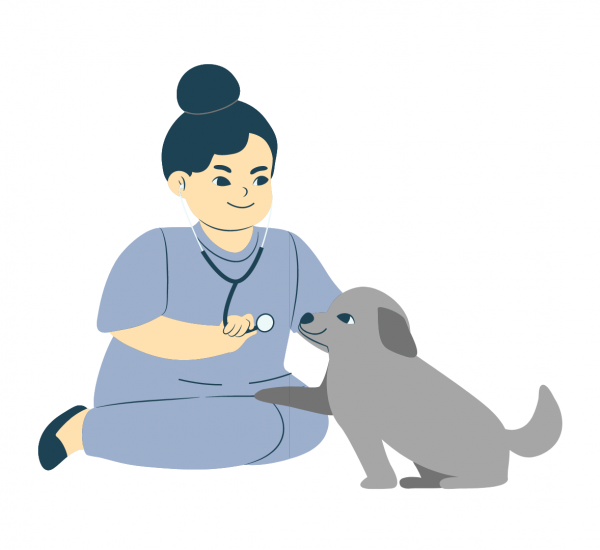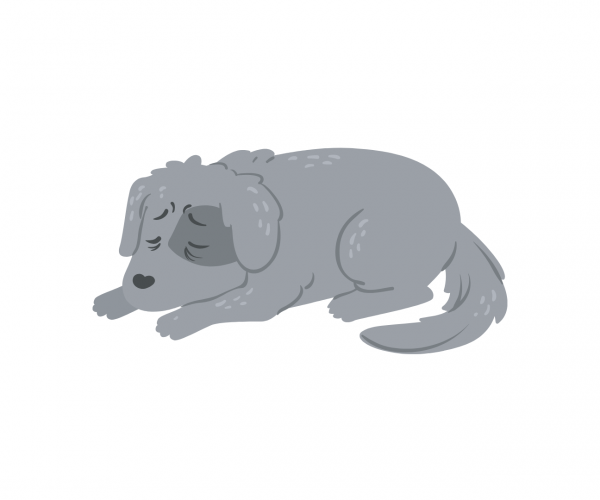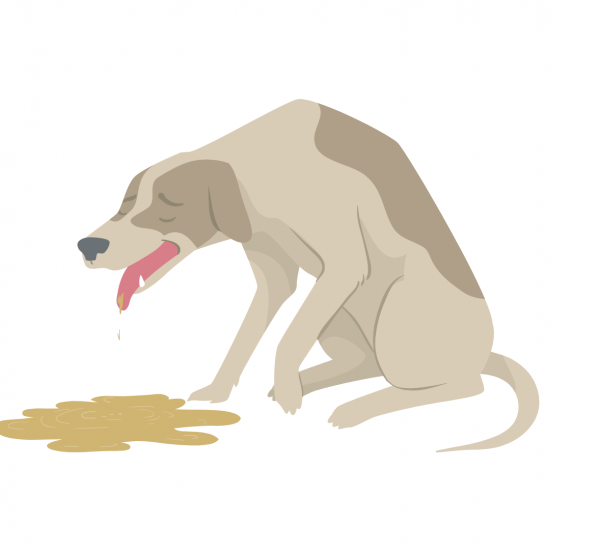How to identify sick animals?
To understand what is abnormal, it is important to understand know what is normal. Nobody knows your pet better than you do. Its habits, behaviour, temperament, body language and mood throughout the day will tell you what you need to know. However, animals do have personalities. Some animals are more resilient than others, some are less expressive. Hence, you must always consult your veterinarian when you suspect something is wrong. Animals tend to hide sickness. This trait was a part of evolution, when animals were not domesticated, they used this characteristic to protect themselves from wild animals.
There are two major ways to assess an animal. The first one being- by observing the behaviour and the second one is observing the physical signs and symptoms. Before we move on to the identification of sick or injured pets, let us understand how to confirm that an animal is healthy.

A healthy animal
• is alert
• is active
• has a good coat
• has bright eyes and pink mucus membranes
• has a steady gait (walking pattern)
• has normal temperature
• breathes normally
• is content
• eats and drinks normally
• has a normal pulse rate
• sleeps in its usual place and position
• has a sound sleeping pattern
• does not vocalise
• has a good body condition score
An understanding of your pets will help you more to observe the traits that may indicate that it is sick. For eg., if you have an aggressive, moody or snappy pet, it may become less aggressive when it is sick or in pain. However, a calm and friendly pet may show signs of aggression when it is sick. So, it is always better to not compare your pets with other animals or pets unnecessarily. When you are in doubt, consulting a veterinarian is your best bet.
Behavioural signs of pain or sickness include:
• Decreased activity
• Decreased sociability
• Increased lethargy
• Decreased appetite
• Decreasing resting behaviour
• Intermittent sleep
• Constant crouching if in pain
• Looking at the site of pain/ wound constantly (in a case of injury)

Sometimes they develop abnormal behaviours, and these behaviours are different from the loss of normal behaviours. These behaviours may be developed due to previous bad experiences with sickness or pain.
These abnormal behaviours include:
• Aggression
• Fear
• Altered facial expressions
• Restlessness
• Hiding
• Vocalisation
Some diseases like rabies also lead to vocalization and aggression in animals. In this case, the animal is not showing pain. This is a difference that your veterinarian is trained to understand and diagnose. Hence, once you notice abnormal behaviour, you must take your pet to the vet.

Physical signs and symptoms of sick animals
• Constant crouching
• Constant itching and scratching
• Loss of fur and patches on the body
• Loss of weight
• Vomiting or diarrhea
• Blood in stools
• A sudden increase in weight
• Bloating
• Difficulty in urination
• Foul odour from mouth, ears or skin
• Seizures
• Tumors or swelling
•Discharge from eyes or nose, etc.
To read and understand more about healthy and unhealthy animals pattern, visit https://communityenvironment.unl.edu/recognizing-healthy-unhealthy-animals
